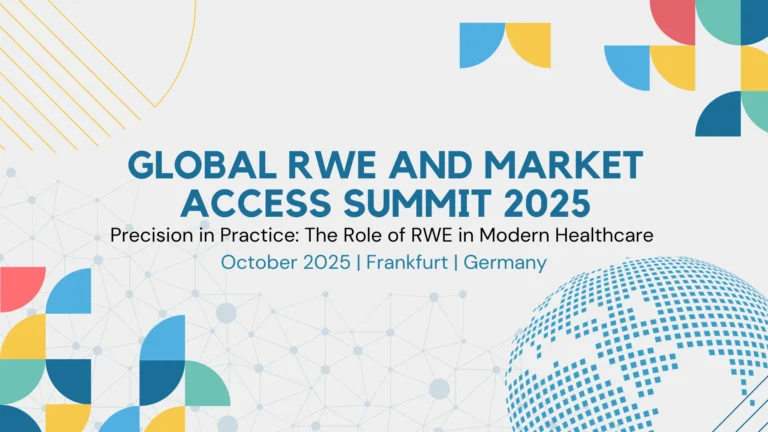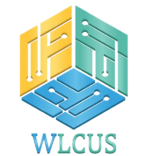How Real-World Evidence (RWE) is Revolutionizing
Health Technology Assessments (HTAs) in 2025

In 2025, the convergence of Real-World Evidence (RWE) and Health Technology Assessments (HTAs) is not just a trend, it’s a transformative shift in how healthcare systems evaluate and adopt innovation. As the demand grows for faster, more personalized, and cost-effective healthcare, RWE is rapidly becoming a cornerstone in the decision-making processes of HTA bodies across the globe.
Whether you’re a pharmaceutical executive, regulatory strategist, or health economist, understanding this evolution is critical to future-proofing your market access strategy.
The Changing Role of HTAs in a Post-Pandemic Era
Health Technology Assessments are systematic evaluations of the clinical effectiveness, cost-effectiveness, social impact, and ethical implications of healthcare technologies. Historically, HTAs have relied heavily on data from randomized controlled trials (RCTs), which despite being the gold standard for efficacy have limitations:
- Small, homogenous populations
- Highly controlled settings
- Short follow-up periods
- High cost and long timelines
In a world of diverse patient needs, accelerated regulatory pathways, and resource-constrained health systems, these limitations are no longer sustainable.
This is where Real-World Evidence steps in.
What is Real-World Evidence (RWE)?
Real-World Evidence is derived from Real-World Data (RWD) information collected outside of traditional clinical trials, such as:
- Electronic health records (EHRs)
- Insurance claims and billing data
- Patient registries
- Data from wearables and mobile health apps
- Social media and patient-reported outcomes (PROs)
RWE provides insights into how interventions perform in routine clinical practice, across broader and more diverse populations, over longer timeframes.
The Global Embrace of RWE by HTA Bodies
In 2025, leading HTA organizations including NICE , IQWiG, HAS, CADTH, PMDA, and regulatory bodies like the FDA and EMA have issued formal guidelines encouraging the integration of RWE into decision-making frameworks.
Some HTA agencies have gone further requiring RWE submissions as part of pricing and reimbursement dossiers, particularly for:
- Post-launch evidence generation (PLEG)
- Adaptive licensing models
- Rare disease approvals
- Conditional market access agreements
This shift reflects the need for more dynamic, iterative, and context-specific evidence in evaluating value.
How RWE Enhances HTA Processes?
RWE is not just supplementary, it enhances HTA effectiveness in several strategic areas:
1. Comparative Effectiveness Research (CER)
RCTs may not always compare the most relevant alternatives. RWE enables comparisons across multiple therapies in real-world settings, guiding optimal treatment pathways.
2. Subgroup and Stratified Analysis
HTAs increasingly demand data on specific populations by age, ethnicity, comorbidity, or socioeconomic status. RWE enables nuanced insights that help identify which patients benefit most.
3. Long-Term Safety and Effectiveness
HTAs are concerned not only with short-term efficacy but with sustained value over time. RWE allows for longitudinal tracking of outcomes, side effects, and adherence patterns.
4. Health Equity and Social Determinants of Health (SDoH)
Real-world data helps assess access disparities and social context critical to ensuring value assessments are inclusive and equitable.
5. Economic Modeling and Budget Impact
RWE supports more accurate cost-effectiveness and budget impact models by reflecting actual utilization, resource use, and clinical outcomes.
Challenges to Overcome
While the benefits are clear, integrating RWE into HTAs comes with challenges:
- Data quality and standardization
- Privacy and governance
- Bias and confounding in observational studies
- Transparency in study design and methodology
To address these, global regulators and HTA bodies have introduced methodological frameworks, including:
- EMA’s Guideline on Registry-Based Studies
- FDA’s RWE Program Guidance
- ISPOR’s Good Practices for Real-World Data Studies
Companies that align early with these frameworks will lead in compliance and credibility.
Strategic Imperative: Making RWE a Core Competency
As HTA bodies become more data-driven, RWE is evolving from a support tool to a strategic requirement. Pharma and biotech companies must invest in:
- Building internal RWE capabilities
- Partnering with data-rich organizations (e.g., Flatiron, IQVIA)
- Designing high-quality, fit-for-purpose RWE studies
Ensuring transparency, reproducibility, and stakeholder alignment.
The Future of Market Access Depends on RWE
In 2025 and beyond, Real-World Evidence is reshaping the very foundation of Health Technology Assessments. It’s not just about generating data, it’s about generating the right evidence, for the right decision-makers, at the right time.
Companies that embrace this reality will lead in market access, policy influence, and patient outcomes.
